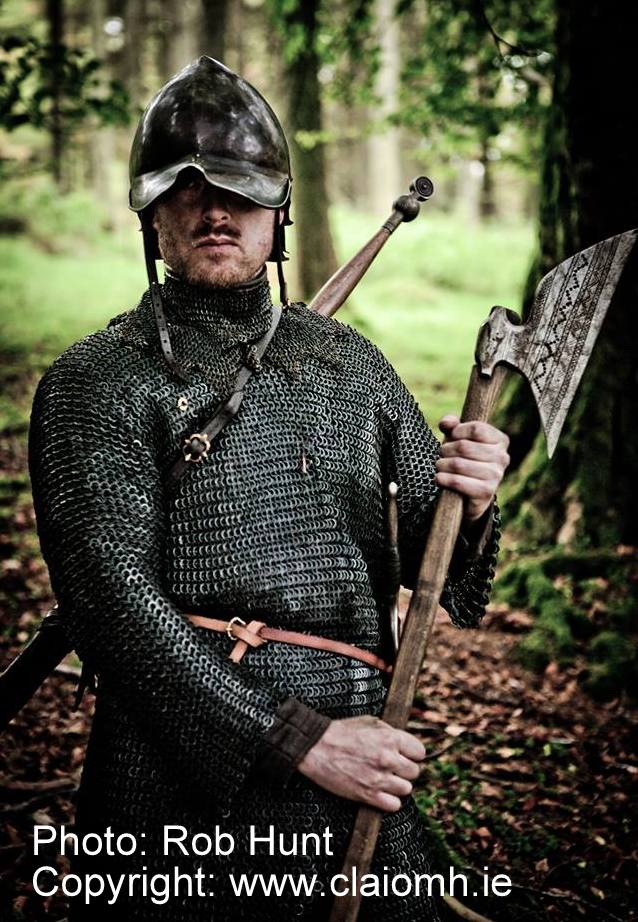

Irish battle axe mac#
The leaders on the losing side were Sihtric Silkbeard, King of Dublin Mael Morda mac Murchada, King of Leinster (killed) Sigurd of Orkney (killed) and Brodir of Man (killed).

Norsemen and Irishmen fought on either side that day. Thirty-four years later, at Clontarf (1014), any lingering ambitions toward conquest on the part of the Dubliners and their aggressive cousins from the Western Isles were dashed for good when a coalition led by the high-king, Brian Boru, defeated them, even though he was killed during the battle.Ĭlontarf was an epochal contest fought just to the north of the River Liffey. The victorious commander that day was Mael Sechnaill mac Domnaill (Malachy II) of the southern O’Neill the loser, Ragnall Olafsson, leaderĭublin was wrested back from Viking control as a consequence. When they later asserted themselves during the so-called ‘second Viking age’, they were decisively defeated by the Irish at the Battle of Tara in Co. Famously, they founded sea and riverine ports at places like Waterford, Wexford, Limerick, and Dublin. After a period of opportunistic terror raids on monasteries, the Scandinavians who decided to settle became but yet another strand in Ireland’s rich mosaic of peoples. The arrival of the Vikings in Irelandin the late 8th century did not markedly change the military dynamic. The country remained a patchwork of rival tribes without centralised control. There was no Roman pattern of military occupation, road-building, and urbanisation as in the province of Britannia. Ireland’s geographic remoteness and relative lack of sophistication saved it from the attentions of Rome’s legions. Another who did so, the following century, was Niall of the Nine Hostages.Ĭhronicler Gildas recorded how in the 3rd and 4th centuries there emerged from ‘the coracles that carried them across the sea-valleys foul hordes of Irish and Picts, like dark throngs of worms who wriggle out of narrow fizzures in the rock when the sun is high.’Īs to why Rome neglected to occupy Ireland, along with the Highlands of Scotland and the lands east of the Rhine, the Romans could not hope to gather sufficient taxes to make long-term occupation viable. The quasi-legendary Irish warlord Cormac mac Airt, from the 3rd century AD, not only subdued almost all of Ireland, he also launched destructive attacks on Roman Britain. It was as aggressors that the Irish first made their impact on European history. One of Irish history’s decisive battles, Clontarf ended the possibility of Viking domination.


 0 kommentar(er)
0 kommentar(er)
